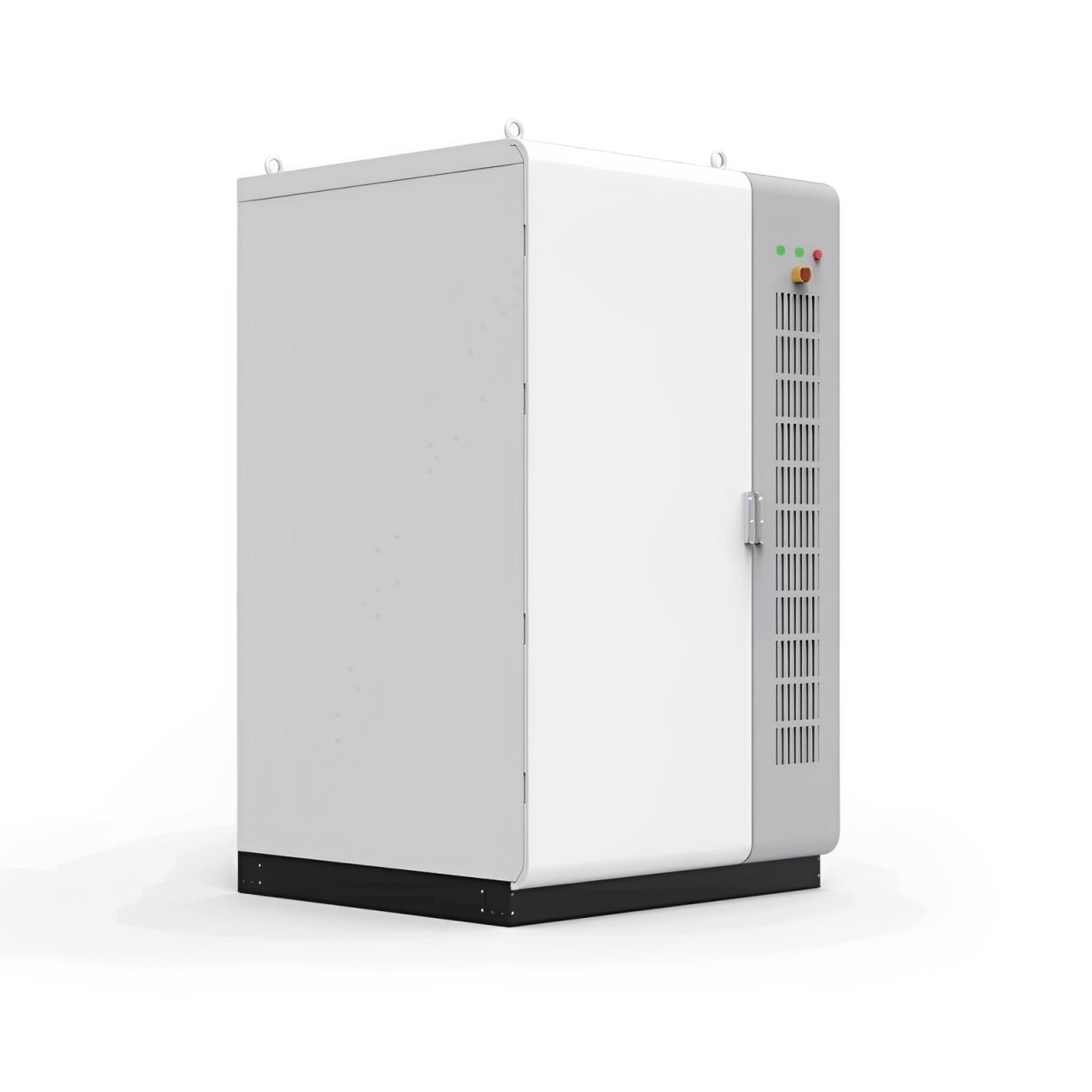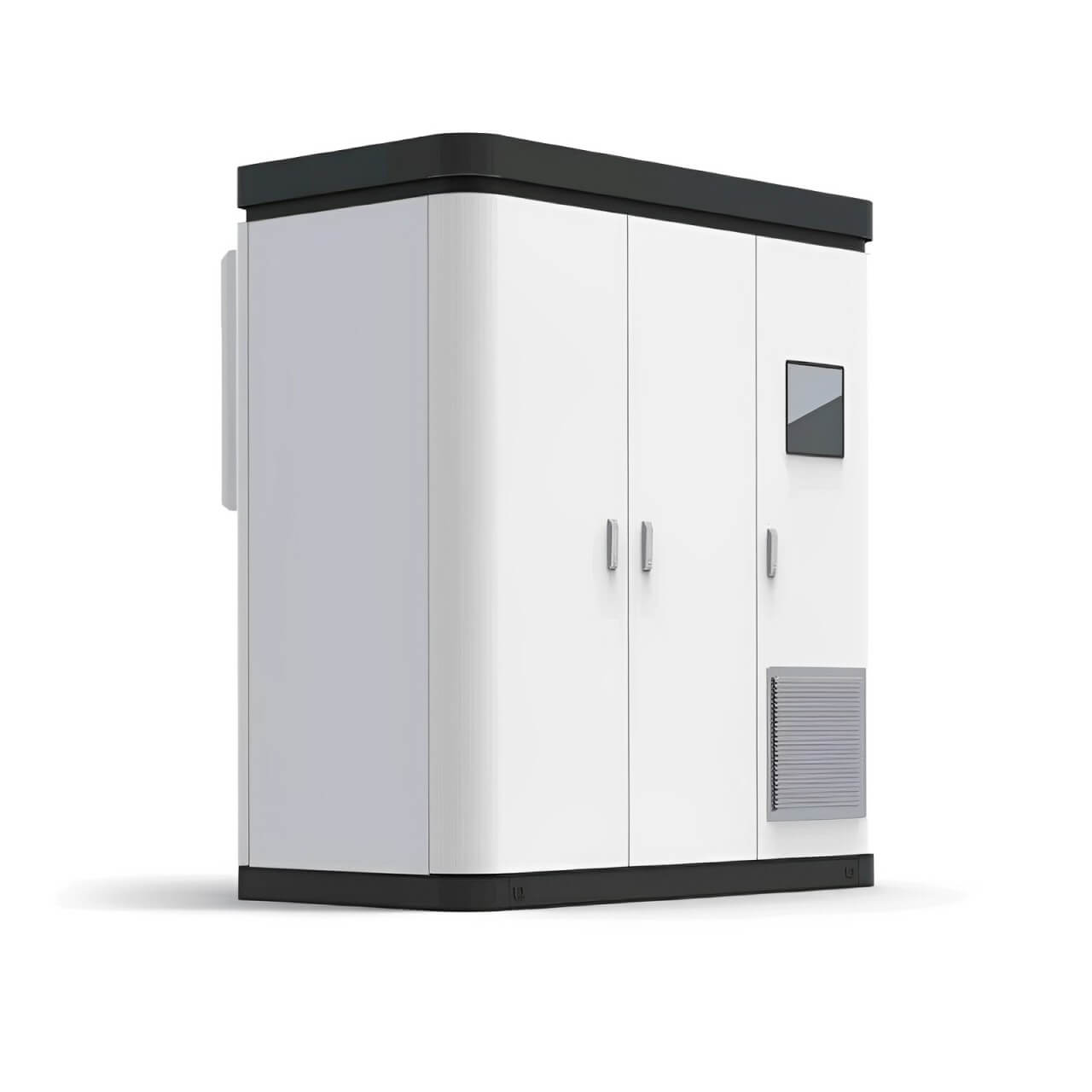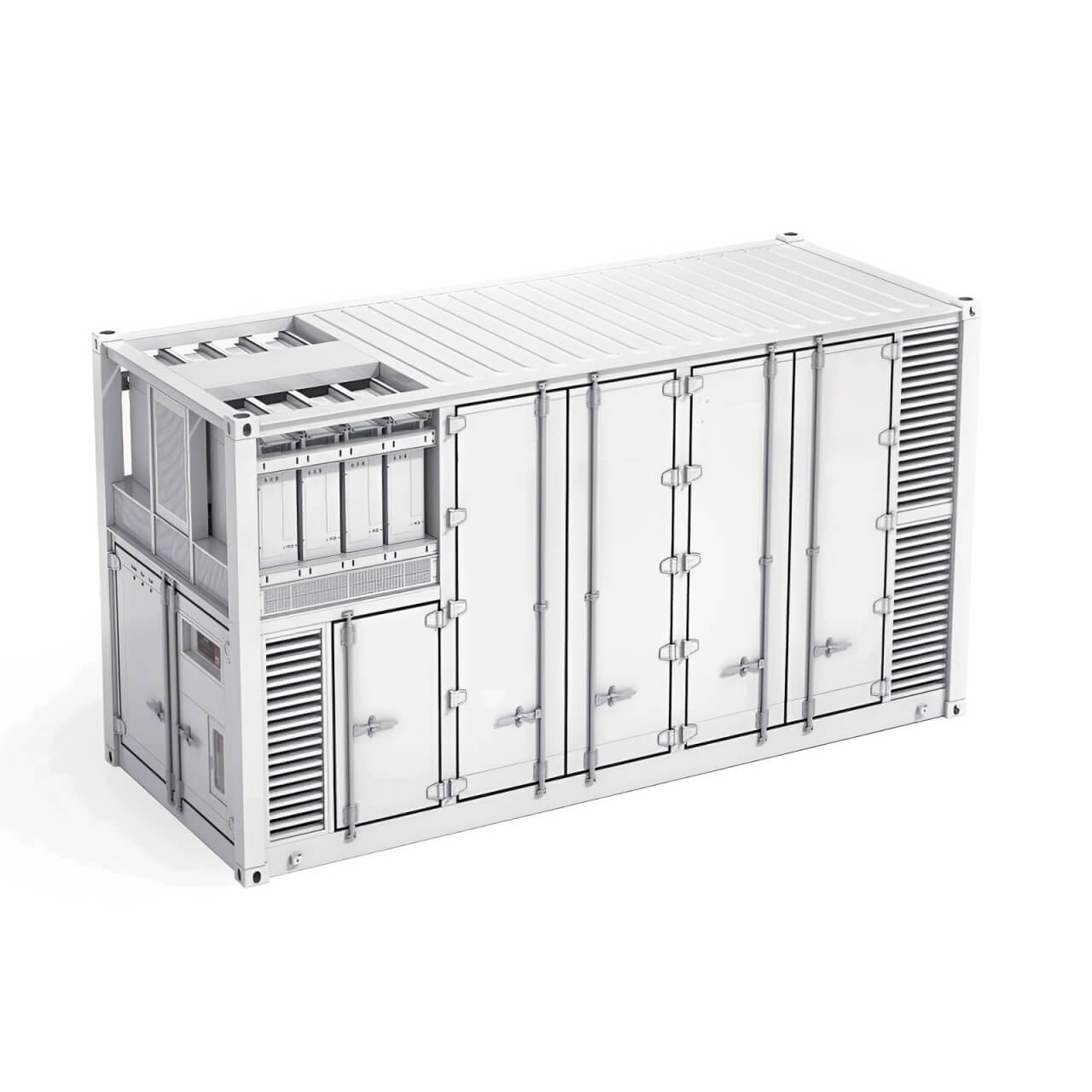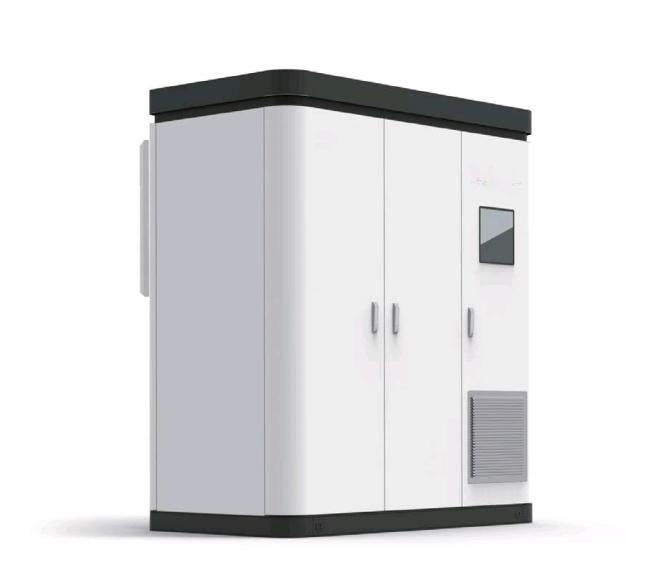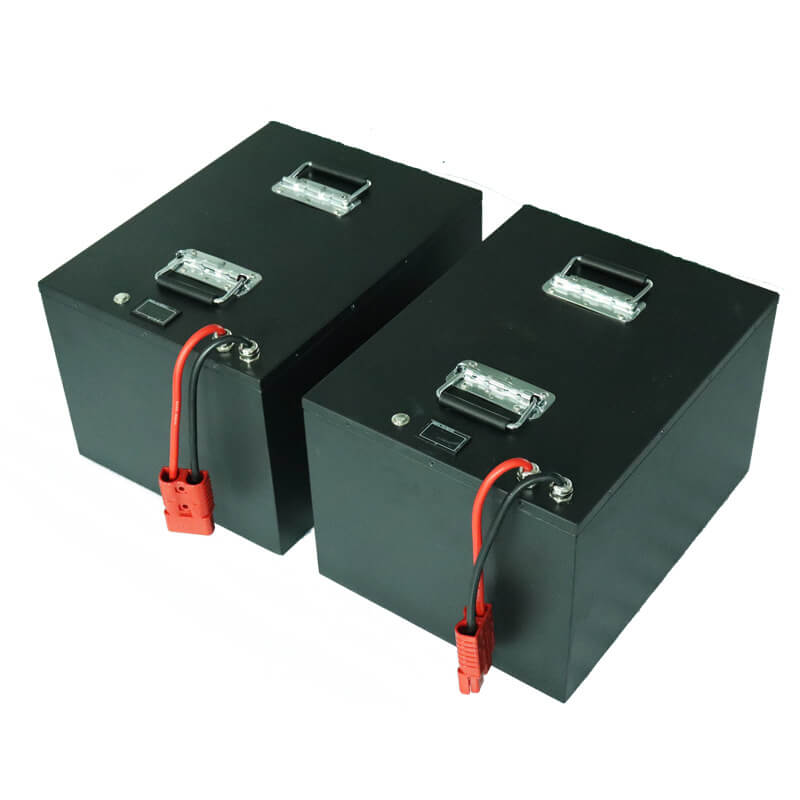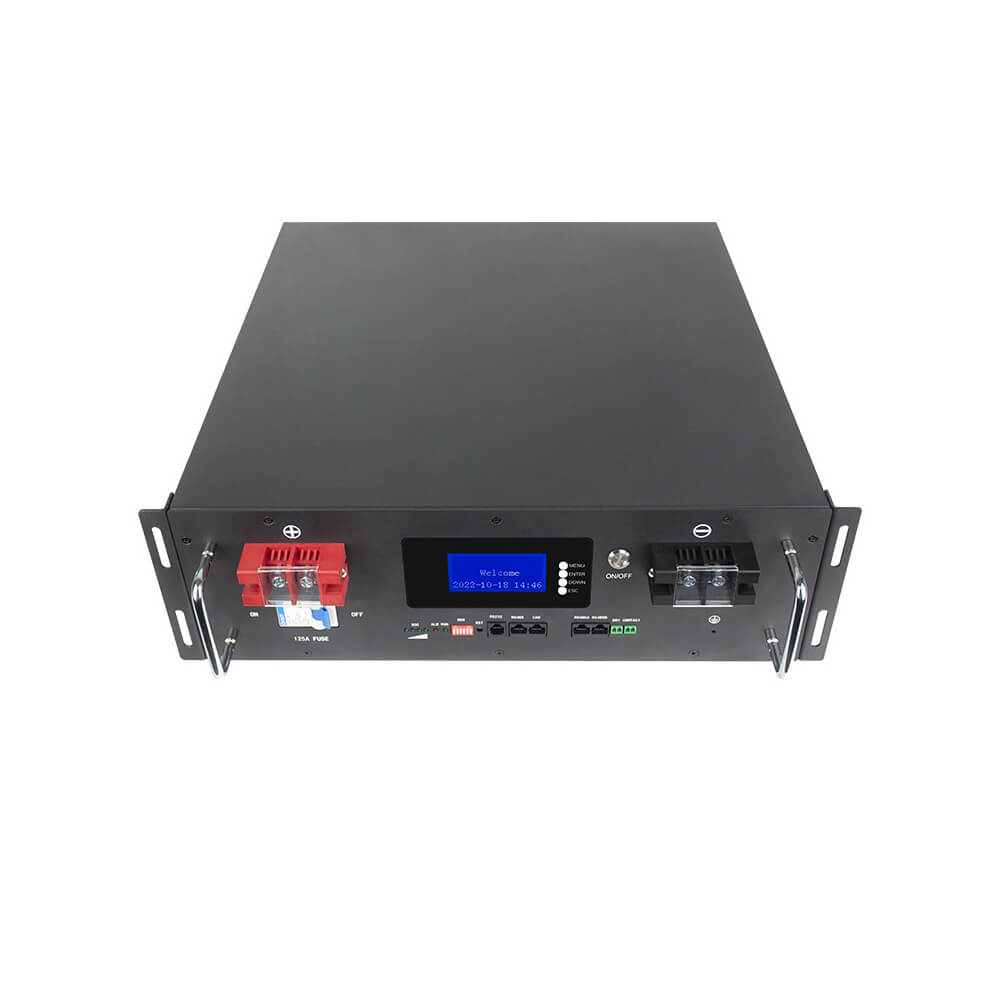Optimizing Energy Storage: The Role of Lithium and Sodium-Ion Batteries
With increasing demand for sustainable energy solutions, both lithium-ion and sodium-ion batteries are shaping the future of energy storage. While lithium-ion batteries have long been the industry standard, new trends reveal sodium-ion batteries as a promising alternative due to cost-effectiveness and abundant raw materials.
1. Market Dynamics and Demand for Lithium-Ion Batteries
Lithium-ion batteries have dominated markets due to their high energy density and suitability for electric vehicles (EVs), electronics, and renewable energy storage. In 2024, global lithium demand is projected to rise further, driven by EV expansion and renewable energy goals. Despite its advantages, the reliance on lithium poses issues like high extraction costs and environmental impact, along with geopolitical supply constraints. According to recent studies, lithium battery production costs have fluctuated, which has led companies to explore alternatives that can stabilize pricing and address resource scarcity.
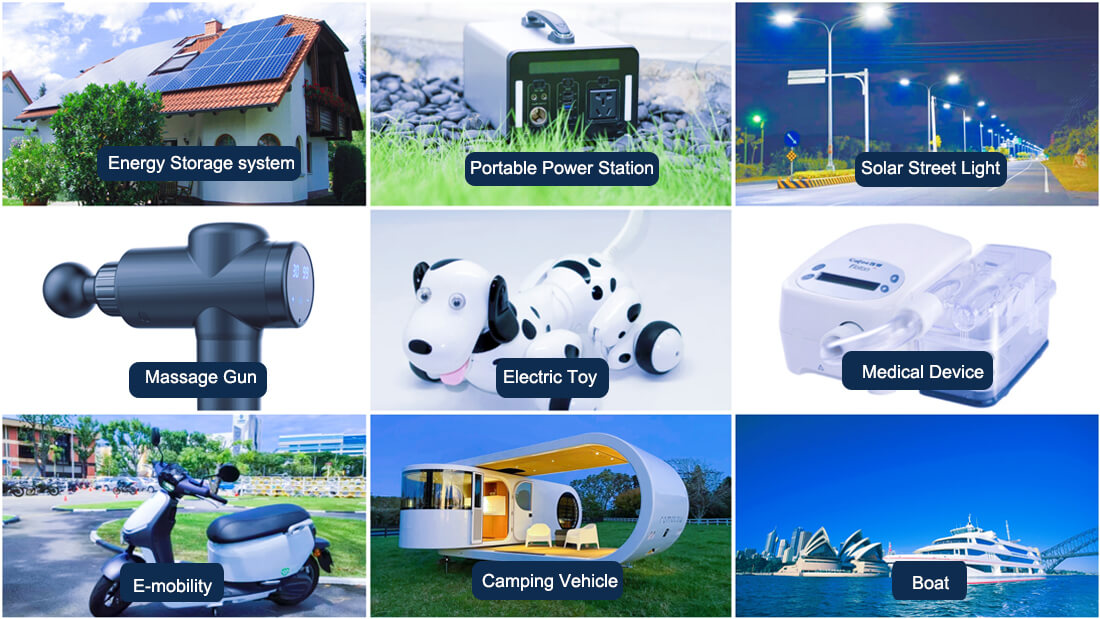
2. The Rise of Sodium-Ion Technology
Sodium-ion batteries, once seen as a lower-efficiency option, have advanced to compete in large-scale storage. Unlike lithium, sodium is abundantly available, reducing production costs and supply risks. Sodium-ion batteries offer benefits such as better temperature resilience and non-flammable properties, which make them safer and more adaptable to variable climates. Market reports forecast the sodium-ion sector growing at a compound annual rate of 14.5% through 2032, with applications expanding from energy grids to industrial storage solutions.

3. Comparing Performance Metrics
When comparing the two, lithium-ion batteries remain superior in energy density and are ideal for portable applications. However, sodium-ion batteries excel in stationary applications due to reliability and safety at high temperatures. Recent technological advancements have improved sodium-ion energy density to competitive levels, reaching 160 watt-hours per kilogram, close to lithium-ion standards. Additionally, sodium-ion batteries offer around 4,000 cycles, compared to lithium's 2,000 cycles, making them more durable in specific uses, such as renewable energy integration.
4. Application in Solar and RV Energy Storage
For industries relying on renewable energy, such as solar and RV camping, sodium-ion solutions provide a reliable and sustainable option. CSIT Energy offers customized solutions for these applications, leveraging sodium-ion and lithium-ion options tailored to customers’ needs. Both solar and RV camping applications benefit from sodium-ion batteries due to their safety and cycle longevity, making them cost-effective for extended off-grid operations.
5. Cost Considerations and Future Outlook
Lithium-ion prices have fluctuated with global market shifts, while sodium-ion offers a more stable, cost-effective solution. With current projections indicating a steady decrease in sodium-ion costs, this technology might provide a more accessible and sustainable option for large-scale storage. As demand for cleaner energy rises, both lithium and sodium technologies will play essential roles, each suited to different applications based on cost, density, and environmental factors.
For more information on customized lithium and sodium-ion battery solutions, please visit CSIT Energy or check out their sodium-ion battery options. CSIT Energy continues to innovate, providing reliable power solutions for today’s evolving energy needs: Email: sales01@csit-energy.com, Phone: +86-135-8089-1863.

 简体中文
简体中文 Russian
Russian French
French German
German Japanese
Japanese Korean
Korean Arabic
Arabic Spanish
Spanish